Uzbekistan’s SDG Story: Combating Poverty, Hunger and Inequalities
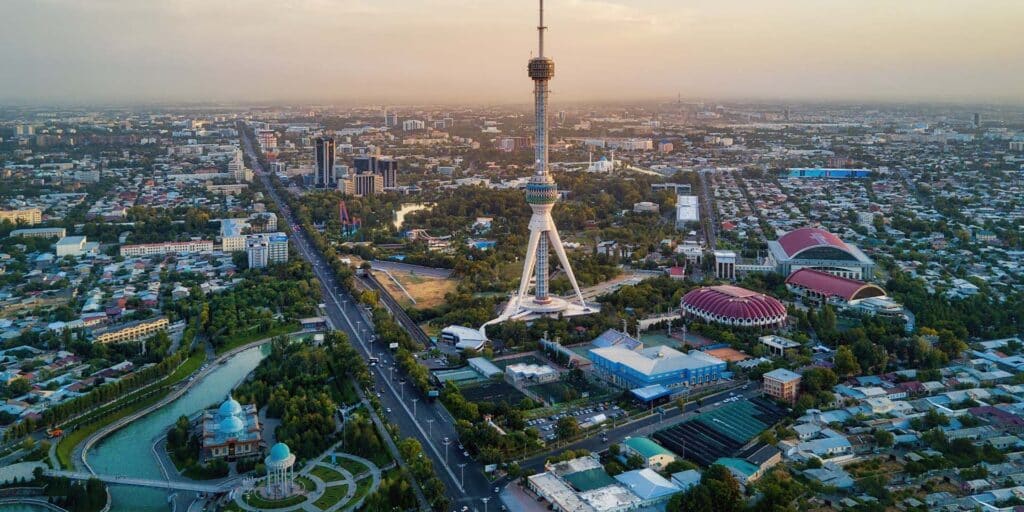
Uzbekistan led the UN SDG report in 2025 among Eastern European and Central Asian states. The country’s SDG Index score rose from 48.6 in 2015 to 73.1 in 2025. This ranked it first among Central Asian nations and 62nd globally out of 167 countries.
Since adopting the 2030 Agenda for Sustainable Development in 2015, Uzbekistan has undergone a remarkable period of transformation. The country has integrated the 17 Sustainable Development Goals (SDGs) into its national strategies.
It also aligned domestic policies with UN frameworks, and steadily improved its international rankings in sustainability indexes. From reforms in governance and the economy to social protection and environmental action, Uzbekistan’s decade-long progress reflects its aspiration to become a modern, inclusive and resilient state.
List of Sustainable Development Goals:
- SDG 1 – No Poverty
- SDG 2 – Zero Hunger
- SDG 3 – Good Health and Well-being
- SDG 4 – Quality Education
- SDG 5 – Gender Equality
- SDG 6 – Clean Water and Sanitation
- SDG 7 – Affordable and Clean Energy
- SDG 8 – Decent Work and Economic Growth
- SDG 9-17
SDG 1 – No Poverty
Uzbekistan’s score for this goal improved from 45.0 in 2015 to 76.3 in 2025. Major milestones included the introduction of a Unified Social Registry, expansion of targeted cash assistance, and rural employment programmes. The government expanded social safety nets, introduced means-tested benefits and digitalised welfare delivery.
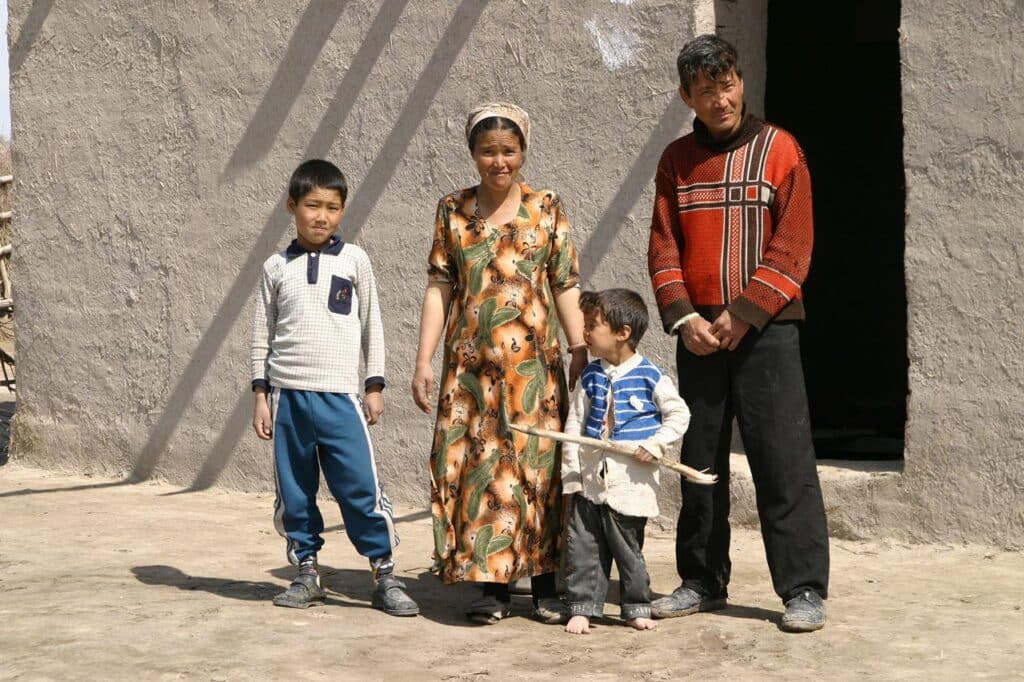
The introduction of the Unified Social Registry and reforms in the Mahalla system enabled better targeting of support for low-income families. The share of the population living below the national poverty line fell from 17.5% in 2015 to 11.0% in 2025.
Though official poverty data was once limited, improved statistical tools and regular household surveys since 2019 have helped track progress more accurately. Between 2015 and 2025, poverty rates declined notably, despite rising inflationary pressures and the impact of COVID-19.
SDG 2 – Zero Hunger
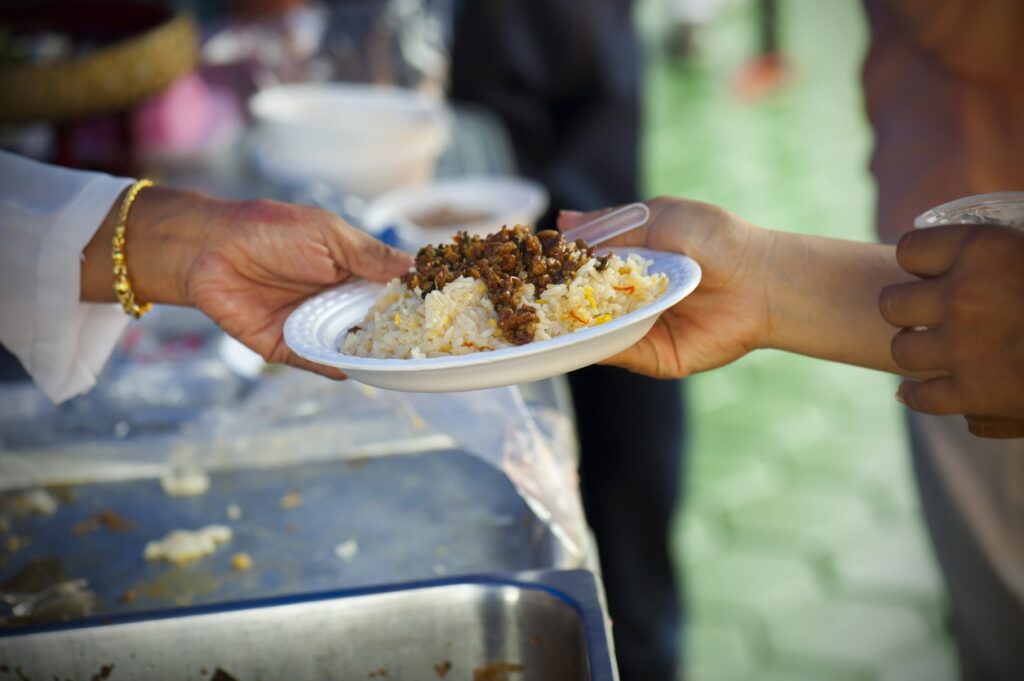
Uzbekistan’s score rose from 42.2 in 2015 to 74.1 in 2025. Food security has remained a national priority, especially in rural areas. Land reform, agricultural investment and rural development improved access and availability.
The government also shifted focus from producing cotton to growing fruits, vegetables and grains. Malnutrition among children under five fell from 9.6% to 4.2%. By 2025, over 95% of children under five were expected to meet national nutrition standards.
From 2015 to 2025, Uzbekistan improved in the Global Hunger Index, with undernourishment steadily declining.
SDG 3 – Good Health and Well-being
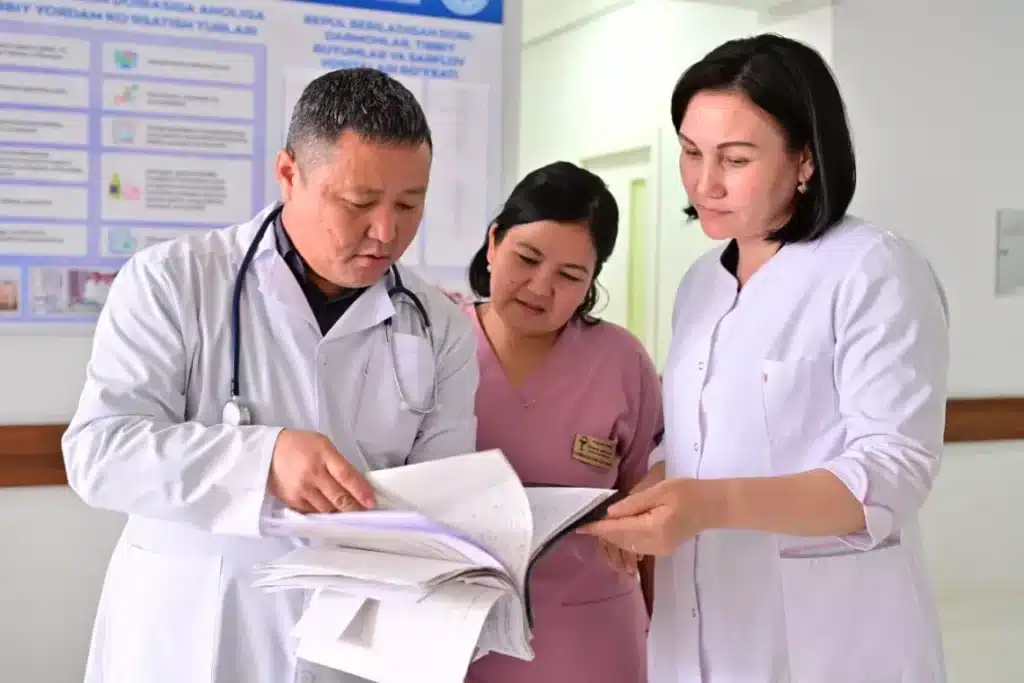
Healthcare reform has been one of Uzbekistan’s most ambitious undertakings. The score for this goal rose from 47.3 to 79.6. Since 2017, the country has introduced mandatory health insurance pilots, decentralised healthcare delivery and launched major infrastructure upgrades, especially in regional hospitals and rural clinics. Maternal mortality decreased from 36 to 19 deaths per 100,000 live births. Child mortality was cut nearly in half.
Expanded vaccination coverage, mental health services and emergency care modernisation are among notable achievements. The COVID-19 pandemic stress-tested the system but also accelerated telemedicine, laboratory capacity and investment in local pharmaceutical production. Vaccination coverage exceeded 98% for key diseases by 2025. Uzbekistan’s life expectancy has increased gradually over the past decade.
SDG 4 – Quality Education

Uzbekistan invested heavily in the education system reform after 2016. Consequently, the country’s score increased from 48.9 to 75.4. Access to pre-school education expanded remarkably due to public-private partnerships and the introduction of state-funded kindergartens. Pre-school enrolment rose from 27% in 2015 to 71% in 2025. National reforms introduced competency-based education, digital learning tools, and international partnerships.
By 2025, over 30 foreign university campuses are expected to be operating in Uzbekistan, and the university admission capacity is expected to have tripled. Vocational education was restructured to meet labour market needs. Literacy remains near-universal, and international assessments show a rising performance.
SDG 5 – Gender Equality
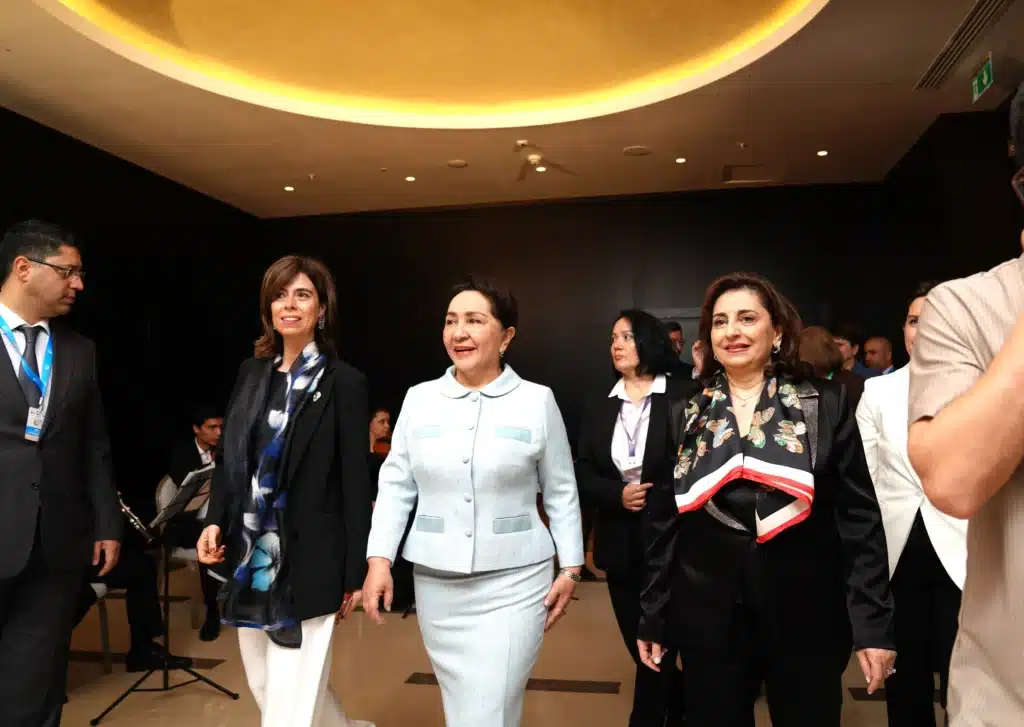
Gender equality has gained stronger policy attention in Uzbekistan’s reform agenda. From 41.5 in 2015, the score improved to 72.8 in 2025. Legal protections against domestic violence were strengthened with the adoption of new laws in 2019 and 2023. Women’s access to credit, land and employment has improved through entrepreneurship programmes and targeted quotas in public service.
Female representation in parliament increased from 16% to 34%. However, gender wage gaps and underrepresentation persist in specific sectors. Uzbekistan also launched national strategies for gender equality and ratified key ILO conventions related to workplace discrimination.
SDG 6 – Clean Water and Sanitation

Access to clean water and sanitation reached 87% of the population by 2025. The score rose from 50.3 to 82.2. Sanitation infrastructure expanded in over 2,000 rural communities through government initiatives such as Obod Qishloq and Obod Mahalla.
Water pipeline extensions, modern filtration facilities and sanitation programmes reduced exposure to waterborne diseases. Challenges remain in water efficiency and wastewater treatment, but Uzbekistan has partnered with IFIs and donor programmes to address these gaps.
Japanese Johkasou wastewater treatment systems have been installed at social institutions in Karakalpakstan. The systems make it possible to reuse treated wastewater for irrigating gardens and small-scale agriculture.
SDG 7 – Affordable and Clean Energy
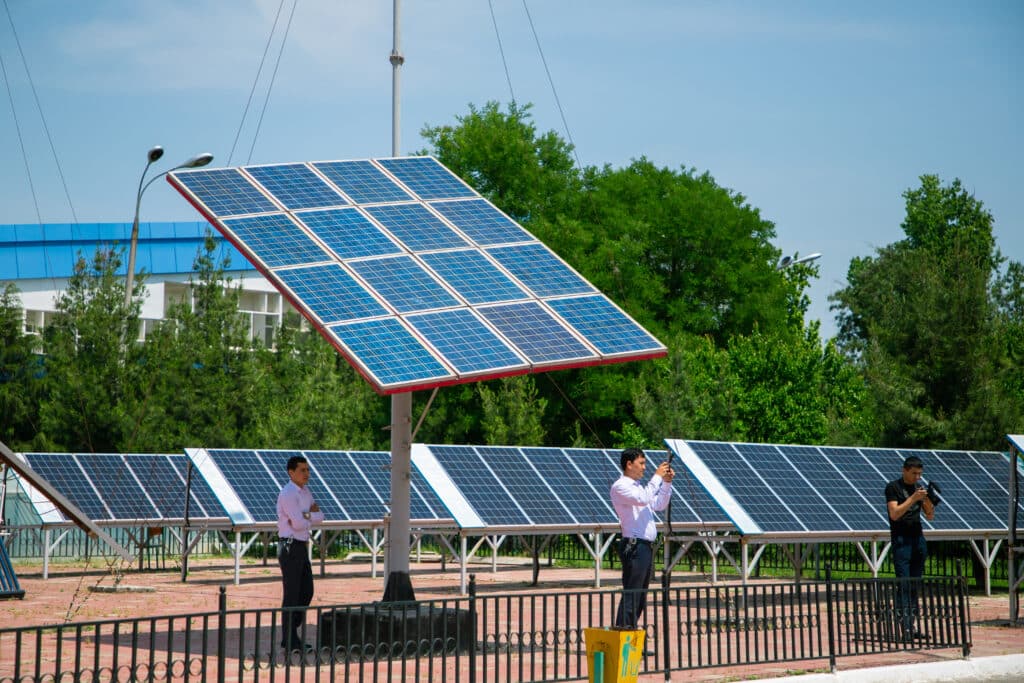
Uzbekistan’s energy access score grew from 38.7 to 77.5. The energy sector has undergone a major transition from fossil dependency to renewable integration. Since 2019, large-scale solar and wind energy projects have been launched in collaboration with foreign partners, including Masdar and ACWA Power.
The launch of solar and wind projects added over 2 GW of clean energy capacity. The share of renewables in electricity production reached 15% by 2025. And many more projects are upcoming, including 6 new HPPs in Namangan and a $3.5 mln solar power plant project in the Khorezm region.
The country adopted a new energy law to liberalise the electricity market and launched tenders for independent power producers. Energy efficiency programmes in buildings and industry have also been prioritised.
SDG 8 – Decent Work and Economic Growth

The country improved from 46.0 to 73.9. Economic diversification and labour market reform have been central to Uzbekistan’s post-2016 development model. The removal of currency controls, liberalisation of foreign trade and modernisation of tax systems have fostered investment and enterprise growth. The private sector now plays a greater role in job creation. Reforms of state-owned enterprises continue.
Economic growth averaged 5.6% annually between 2017 and 2024. Unemployment dropped from 9.8% to 6.3%. Millions of jobs were created in construction, services and IT.
Labour migration remains a key livelihood strategy for many families, but the government has expanded vocational training and employment services domestically. The unemployment rate has stabilised, and informal work has gradually declined owing to digital platforms and contract reforms.
Kursiv also reports on Uzbekistan’s progress in pursuing SDGs nine through 17, as the country strides towards innovation, sustainability and cooperation.

